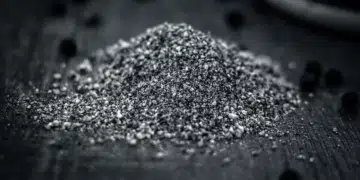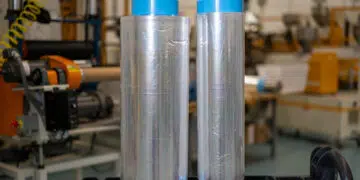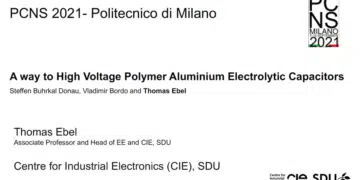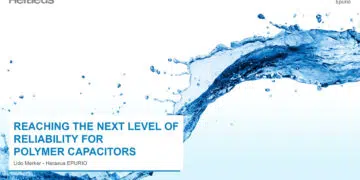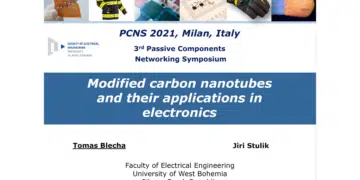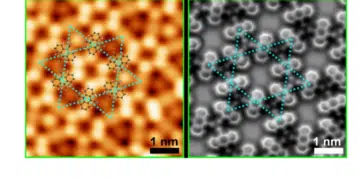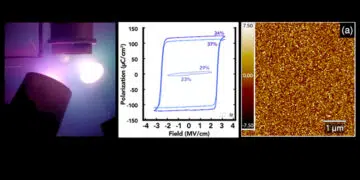New Materials & Supply
High CV Capacitor Grade Tantalum Powder Enabling High Energy Tantalum Capacitors
Advances in capacitor grade tantalum powder to higher charge capability (CV), higher purity, and higher voltage capability have enabled tantalum...
Read moreDetailsElectroninks Releases Gold and Platinum Particle-Free Conductive Inks
Electroninks expands line of particle-free conductive inks with new gold and platinum formulations. Broader selection of metals fuels innovation in...
Read moreDetailsPeak Nano Installs Production Line for Innovative Capacitor Films
Peak Nano Films, a U.S.-based nanotechnology company, commissioned a cast nanolayered innovative capacitor films line for processing a breakthrough dielectric...
Read moreDetailsToray Develops Transparent, Heat-Resistant Film for 5G Communications
Toray Industries, Inc., announced that it has developed a new film for 5G communications. The film offers excellent transparency, heat-resistance,...
Read moreDetailsA way to High Voltage Polymer Aluminium Electrolytic Capacitors
High voltage Aluminium electrolytic capacitors with working voltages UR > 400 V are the backbone of industrial and automotive electronics....
Read moreDetailsNew Conductive Polymer Materials Enhance Reliability of Aluminum and Tantalum Polymer Capacitors
Polymer capacitors replaced electrolytic aluminum capacitors and manganese tantalum capacitors in many applications. While this trend was driven mainly by...
Read moreDetailsModified Carbon Nanotubes Environmental Sensors Made by and Their Applications in Electronics
Carbon is one of the basic elements that has been used in electronics for a long time. Carbon occurs in...
Read moreDetailsMagnetism Generated by Star-like Arrangement of Molecules in 2D Organic Materials
A 2D nanomaterial consisting of organic molecules linked to metal atoms in a specific atomic-scale geometry shows non-trivial electronic and...
Read moreDetailsNew Family of Ferroelectric Materials with Energy Storage Potential
A new family of materials that could result in improved digital information storage and uses less energy may be possible...
Read moreDetailsThermal Conductivity Plastics Filled with Graphene Improve its Thermal Conductivity and Stability
High thermal conductivity plastics show extraordinary talents in transformer inductors, electronic component heat dissipation, special cables, electronic packaging, thermal potting...
Read moreDetails


















